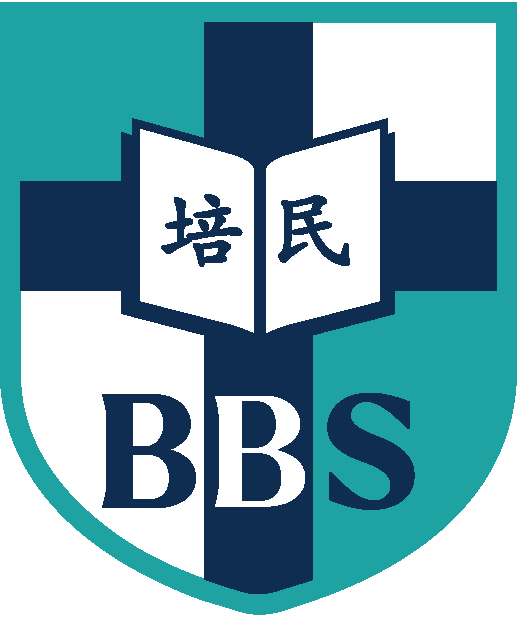It's time to rebuild and reinvent right now!
School leaders had to deal with a variety of difficulties when schools reopened, from resolving student learning loss to meeting new social-emotional requirements for students, teachers, and staff. There wasn't much time to make sure-footed plans. The COVID-19 raised some queries.
Should education facilities and their systems revert to pre-COVID times? While COVID-19 caused a whirlwind of constant change that threw leaders and teachers into, the more crucial question for leaders right now is, "Will schools change as a result of what was learned through the experiences with the pandemic?" If the government resume their previous methods of operation, we will have learnt very little and will have missed out on important chances to find new ways to succeed in the future's constantly evolving environment. It's time to bounce back and start fresh.
The upcoming trip will be deeply ingrained in both program selections and methodology. If leaders are to be successful in navigating continuously shifting external influences after COVID-19, they must have a solid understanding of the mechanics of internal change.
There are various perspectives on how we might rebuild and reinvent ourselves in this regard:
1. Systems nowadays must be flexible, adaptable, and ready to quickly adjust under the frequently unknowable. Returning to the restrictive institutions that dictated how schools functioned will simply recreate the pre-pandemic conditions in which some students excelled and others did not, with the bulk of those affected belonging to groups that depend on schooling to succeed.
2. As opposed to "in front of the room" instruction, systems now need to build new instructional models in response to the voices of teachers who have mastered midcourse modifications. Teachers must adopt a new feeling of freedom in order to foster flexibility and adaptability, which contrasts sharply with the rigid deadlines, uniform instructional methods, and planned curriculum guidelines. The benefits and drawbacks of instructional designs based on student needs are now more understood by teachers and leaders. These revelations must spark important discussions in order to pave the way for teaching and learning that have never been scaled at this level.
3. Systems must now pay attention to the social and emotional requirements of its educators and administrators. Students, teachers, and leaders now have significant social-emotional needs. The lack of in-person connections, which were crucial throughout the formative years, caused students difficulty. Similar to students, teachers also experienced social and emotional demands that were quite pressing. Systems are seeing a large reduction in the number of teachers due to those quitting the field, which is made worse by individuals who are no longer choosing teaching as a vocation.
4. In a similar vein, school administrators have under enormous pressure as they battle with difficult problems to maintain effective learning environments while keeping students and teachers safe. Systems will likely have to deal with impending building-level leadership shortages in the future, which will undermine attempts to ensure that every school has a principal who is highly qualified and effective. Before COVID-19, most teachers' efforts were misinterpreted and frequently reduced to the exam results of the children on their rosters. Throughout the epidemic, teachers' actual labor was evident, and they were in charge of inspiring the world and providing children with much-needed support.
5. Given the upheaval that students have experienced over the past two years, which has had an impact at every level, systems now need to prioritize the needs of students. Some students are facing substantial learning gaps along with a great deal of uncertainty about their learning trajectory and emotional stability, while younger students are exhibiting incredible rebounds as they return. The heightened learning disparities and injustices, as well as the social stress that students are currently experiencing, must be addressed right away because the conventional techniques to resolving these issues are grossly insufficient.
We think that after COVID-19, there will be fresh opportunities to transform the educational landscape, but only if leaders and educators reflect on what has been discovered regarding the educational and social-emotional requirements of students and the teachers who have stepped forward to engage with them. In the end, the direction we take on this journey is the only thing that will determine the success of education in the future.







